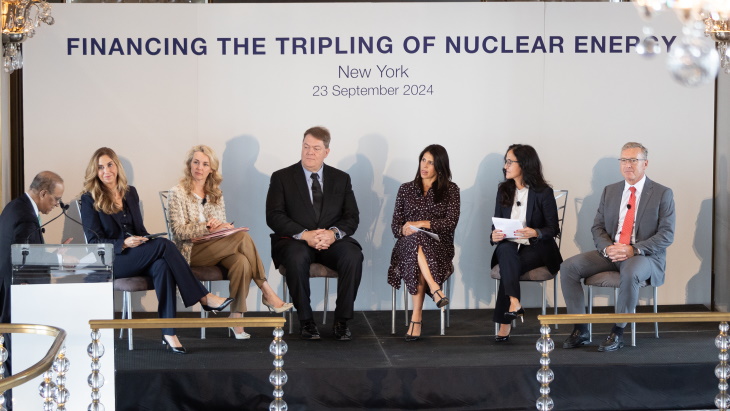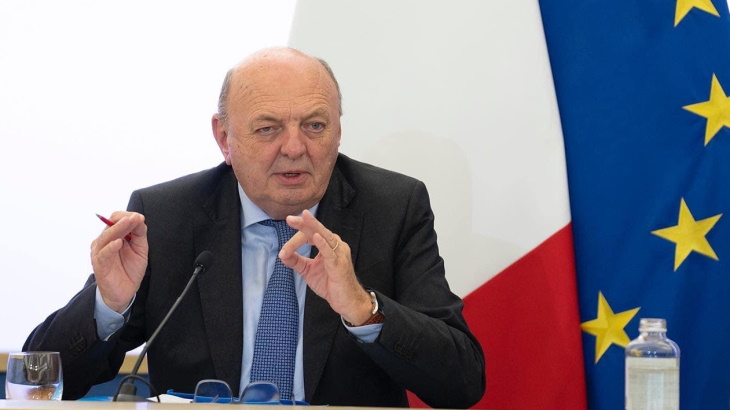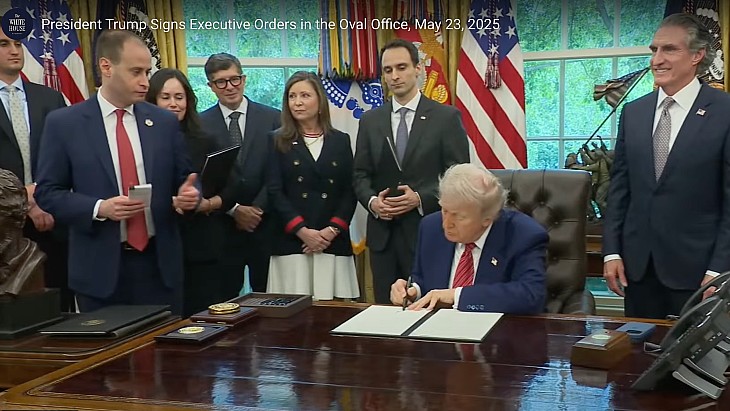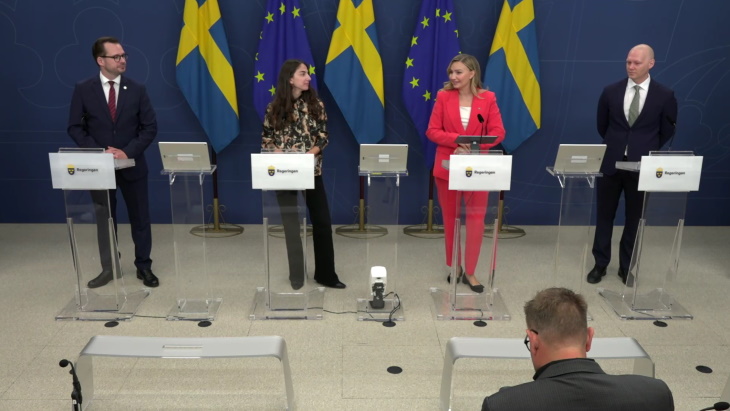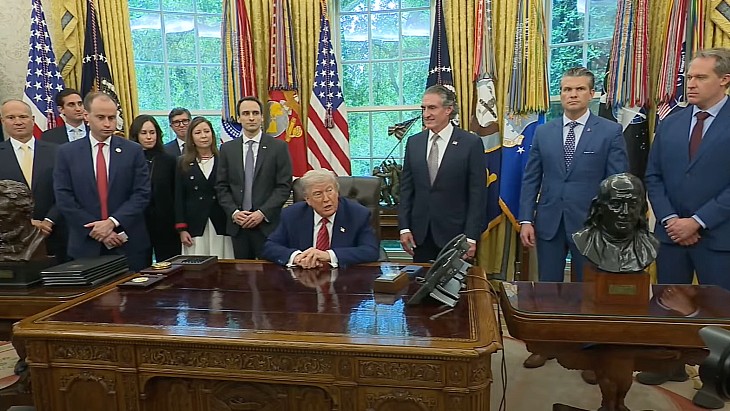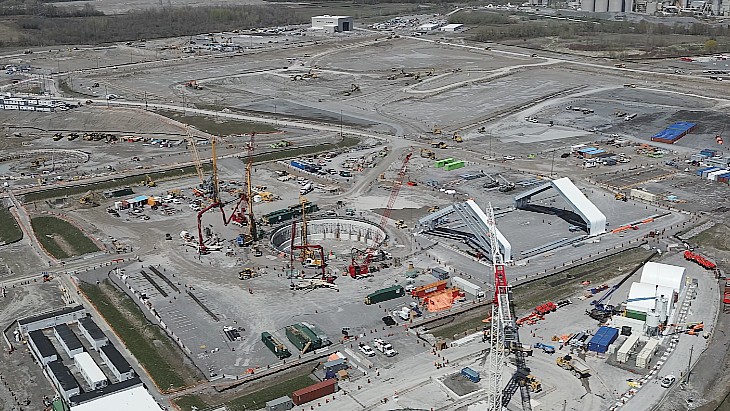Czech Republic needs more nuclear units, report shows
.jpg)
The Czech Republic has six nuclear reactors generating about one-third of its electricity. Four VVER-440 units are at Dukovany, in Vysočina Region, and two VVER-1000 units are at Temelín, in South Bohemian Region. The country is phasing out its coal-fired power plants and will need to increase the share of nuclear power if it is to remain self-sufficient in electricity supply.
The government's long-term energy strategy, adopted in 2015, forecasts the need to increase the share of nuclear power in the country’s electricity mix by 20-25% to 50-55% by 2050. Czech utility ČEZ has said it expects to operate the four Dukovany units until 2045 and 2047, and the two Temelín units until 2060 and 2062.
Havlíček told reporters yesterday that the government will need to start a debate within the next five years on expanding the Temelín nuclear power plant. According to Info.cz, he said: "We are analysing the situation, saying what's going to happen. To tell the truth, that should have been done 10 years ago." He added: "Five years ago, we were at the eleventh hour and now, so to speak, the energy clock is ticking away, and if we don't make a decision and set a clear path ... then we may have problems in 2030." Havlíček said ČEPS's scenarios were "optimistic" regarding renewables.
Czech power demand rose by 0.2% year on year to 73.9 terawatt hours (TWh) last year, which is its highest level since 1981, when records began. Production was 1.1% higher at 88 TWh, with brown-coal-fired facilities accounting for 43% of that figure, which was the highest share. Exports of electricity rose by an annual rate of 9.3% to 25.5 TWh - mainly to Slovakia and Austria - and imports - mostly from Germany and Poland - decreased by 23.2% to 11.6 TWh last year.
Two scenarios
In a ministry statement, titled Large sources of electricity in the Czech Republic are declining. New ones must be built in order to cover electricity consumption, Havlíček said the gradual decommissioning of ageing coal facilities, plans to decarbonise the energy sector, the approach of current nuclear power units to the end of their operating licences, and the natural limitations of renewable energy sources were the main factors having a major impact on electricity supply and energy self-sufficiency, and not only in the Czech Republic.
MAF CZ 2019, which analyses potential challenges facing the grid to 2030 and 2040, presents two scenarios. The study complements the European Mid-term Adequacy Forecast (ENTSO-E MAF), which assesses electricity needs across Europe.
Scenario A (basic) envisages the phase-out 6342 megawatts (MW) of fossil fuel-fired power generation, a fall in the installed capacity of nuclear power plants to 2137 MW, and an increase in renewable energy capacity to 6560 MW. Scenario B (low carbon) scenario describes a 7818 MW decrease in fossil fuels as a source of electricity, with the other two features of the basic scenario the same. Neither scenario includes the extension of Dukovany's operation, but instead consider an increase in electrified transport and energy storage solutions.
"The ČEPS data makes it clear that there is no time to waste," the minister said. "We need to replace the missing power generation sources so that the Czech Republic is self-sufficient in energy, supplies of electricity are secure and there are no threats of power outages."
He added: "We are taking concrete steps for this. In accordance with European legislation, we are preparing the so-called strategic reserves for the years 2025-2035. Above all, however, we have a clear timetable for the completion of nuclear sources, according to which we are intensively and continuously preparing the construction of a new unit at the Dukovany nuclear power plant. And over the next five years, discussion must be opened over other units at Temelín." Both MAF CZ 2019 and the Europe-wide perspective show that "the strategic construction of new nuclear units in the Czech Republic cannot be abandoned," he said.
